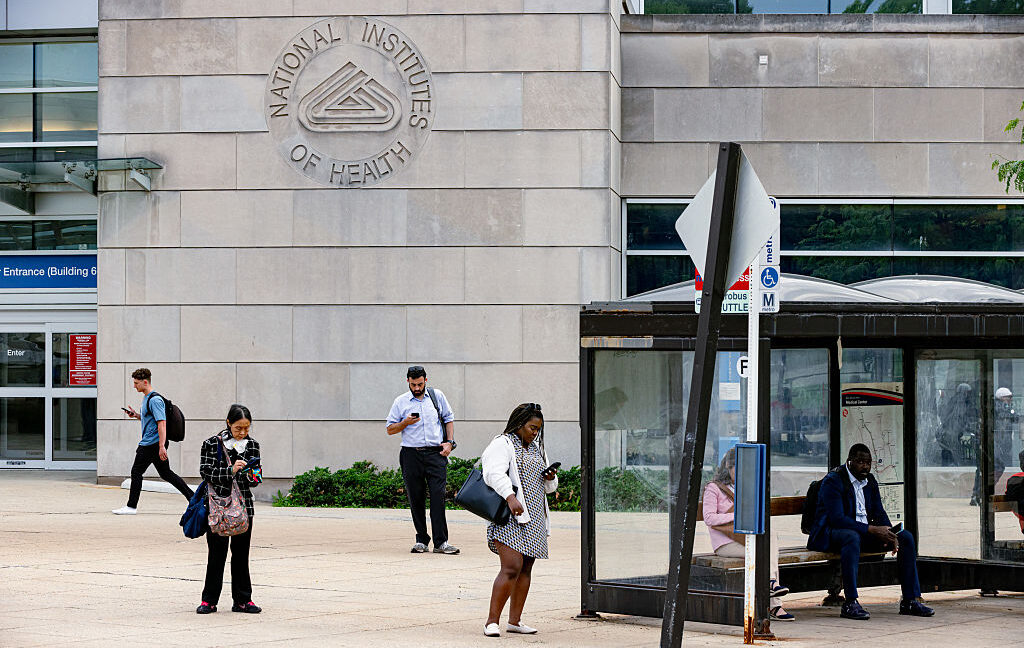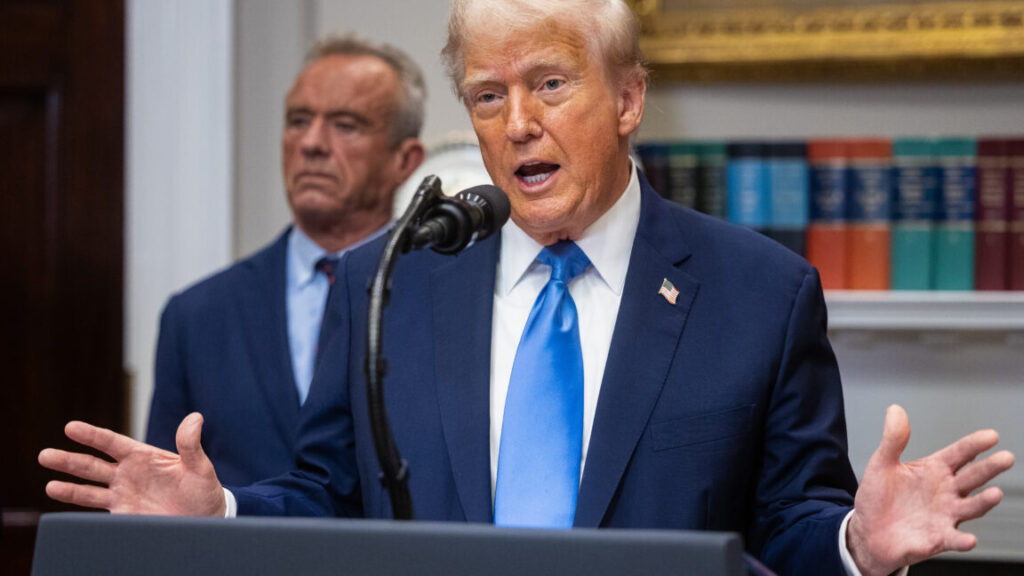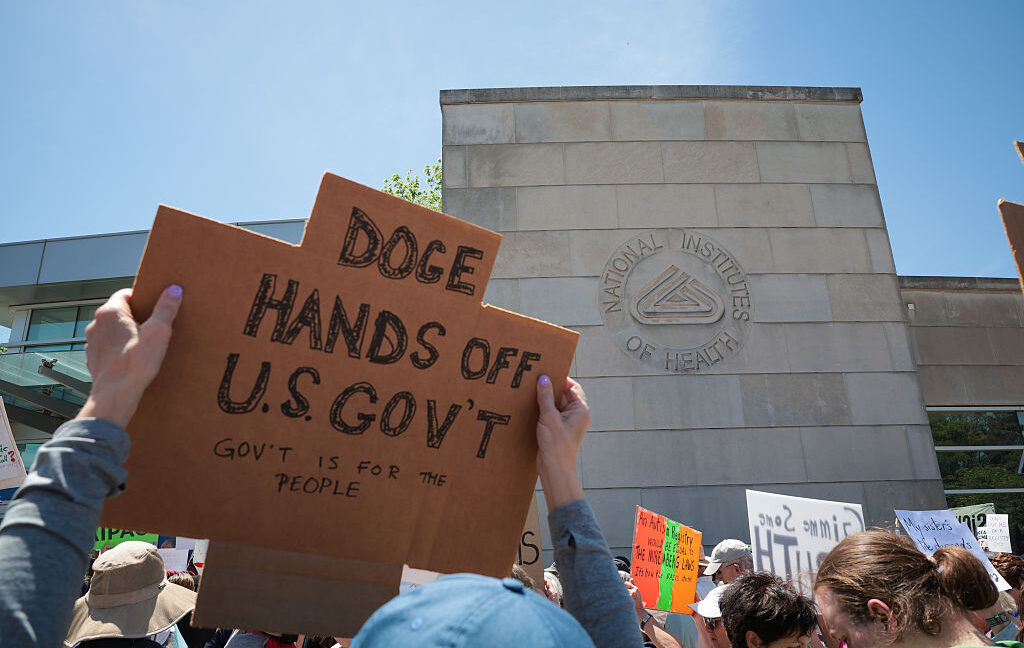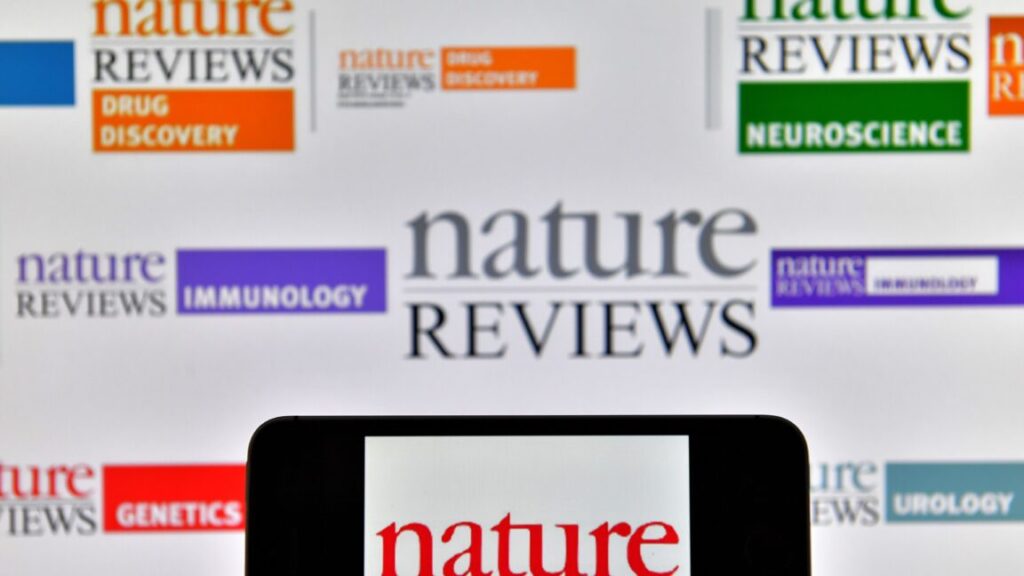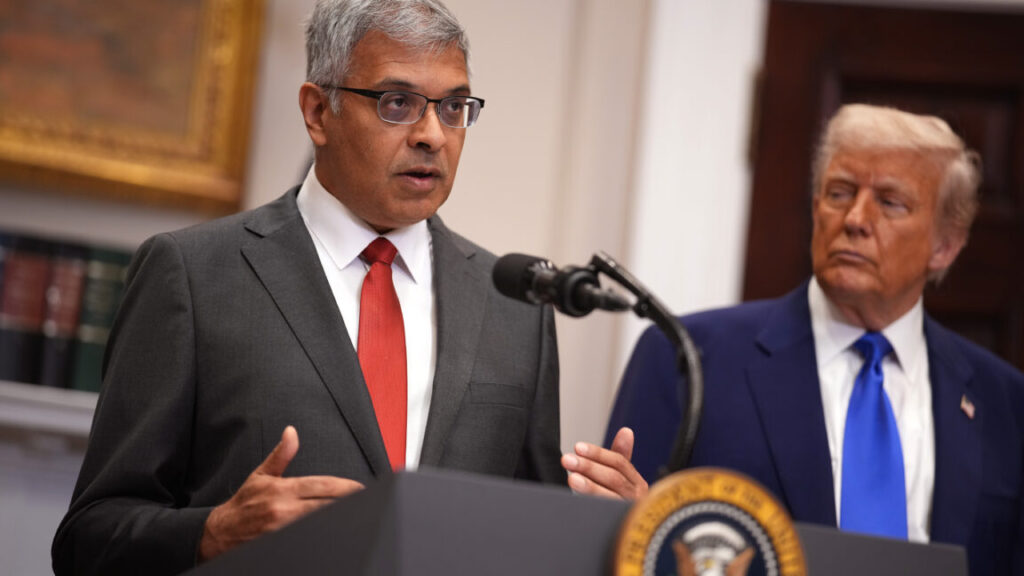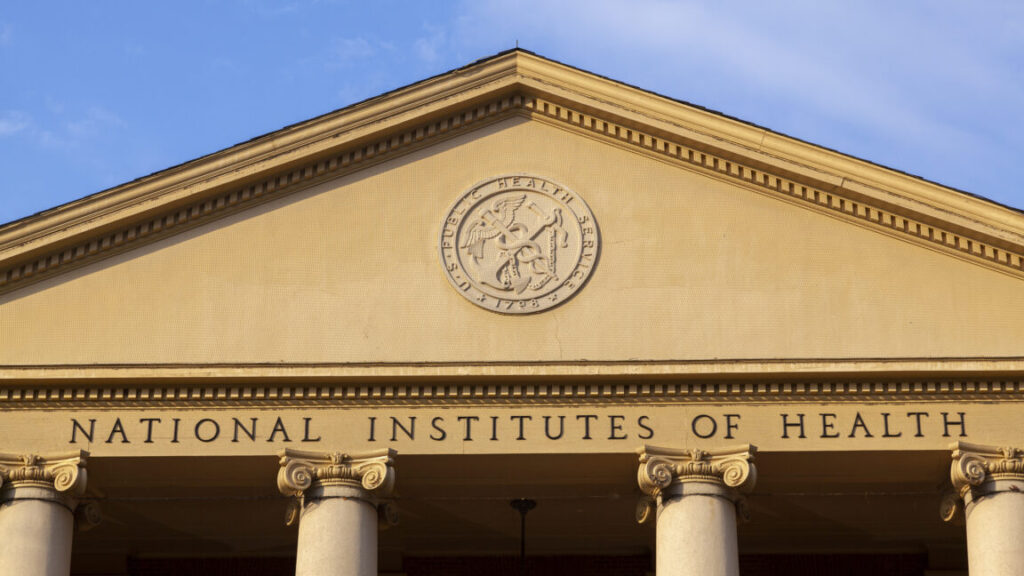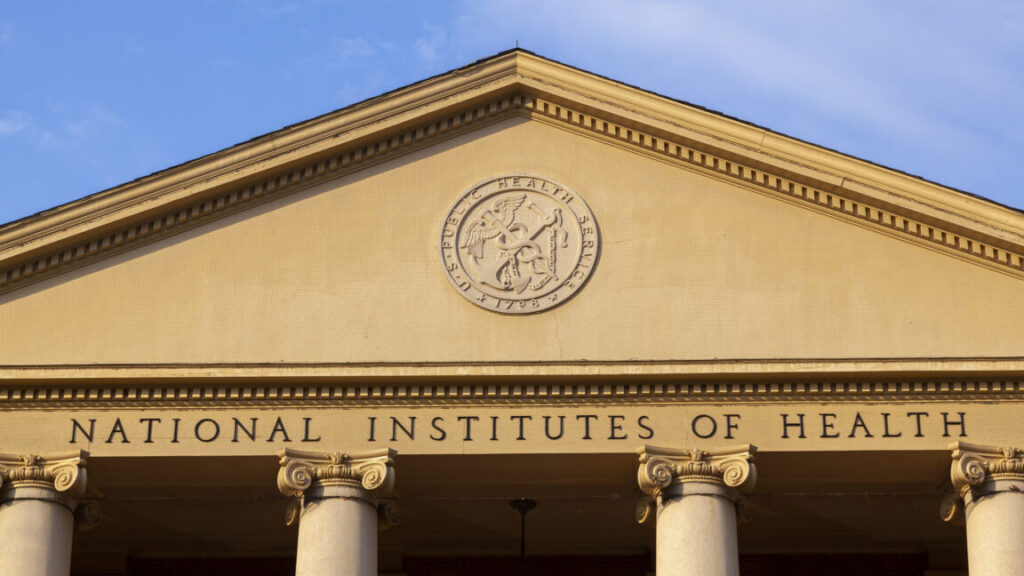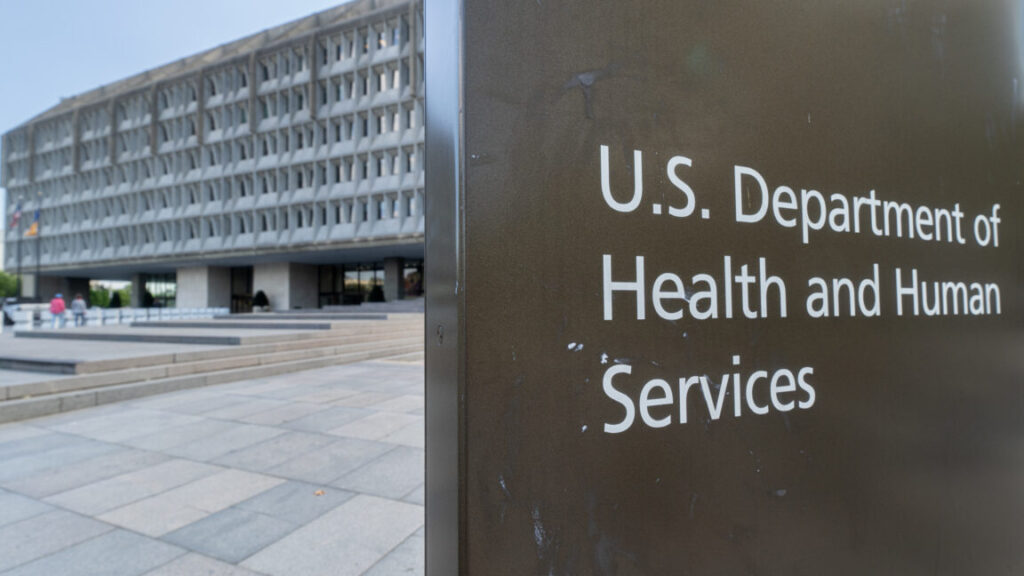Appeals court agrees that Congress blocked cuts to research costs
While indirect rates (the money paid for indirects as a percentage of the money that goes directly to the researcher to support their work) average about 30 percent, many universities have ended up with indirect cost rates above 50 percent. A sudden and unexpected drop to the 15 percent applied retroactively, as planned by the Trump administration, would create serious financial problems for major research universities.
The district court’s initial ruling held that this change was legally problematic in several ways. It violated the Administrative Procedures Act by being issued without any notice or comment, and the low flat rate was found to be arbitrary and capricious, especially compared to the system it was replacing. The ruling determined that the new policy also violated existing procedures within the Department of Health and Human Services.
But the Appeals Court panel of three judges unanimously determined that they didn’t even have to consider all of those issues because Congress had already prohibited exactly this action. In 2017, the first Trump administration also attempted to set all indirect costs to the same low, flat fee, and Congress responded by attaching a rider to a budget agreement that blocked alterations to the NIH overhead policy. Congress has been renewing that rider ever since.
A clear prohibition
In arguing for its new policy, the government tried to present it as consistent with Congress’s prohibition. The rider allowed some exceptions to the normal means of calculating overhead rates, but they were extremely limited; the NIH tried to argue that these exceptions could include every single grant issued to a university, something the court found was clearly inconsistent with the limits set by Congress.
The court also noted that, as announced, the NIH policy applied to every single grant, regardless of whether the recipient was at a university—something it later contended was a result of “inartful language.” But the judges wrote that it’s a bit late to revise the policy, saying, “We cannot, of course, disregard what the Supplemental Guidance actually says in favor of what NIH now wishes it said.”
Appeals court agrees that Congress blocked cuts to research costs Read More »

